Making the Most of the Development Advantage
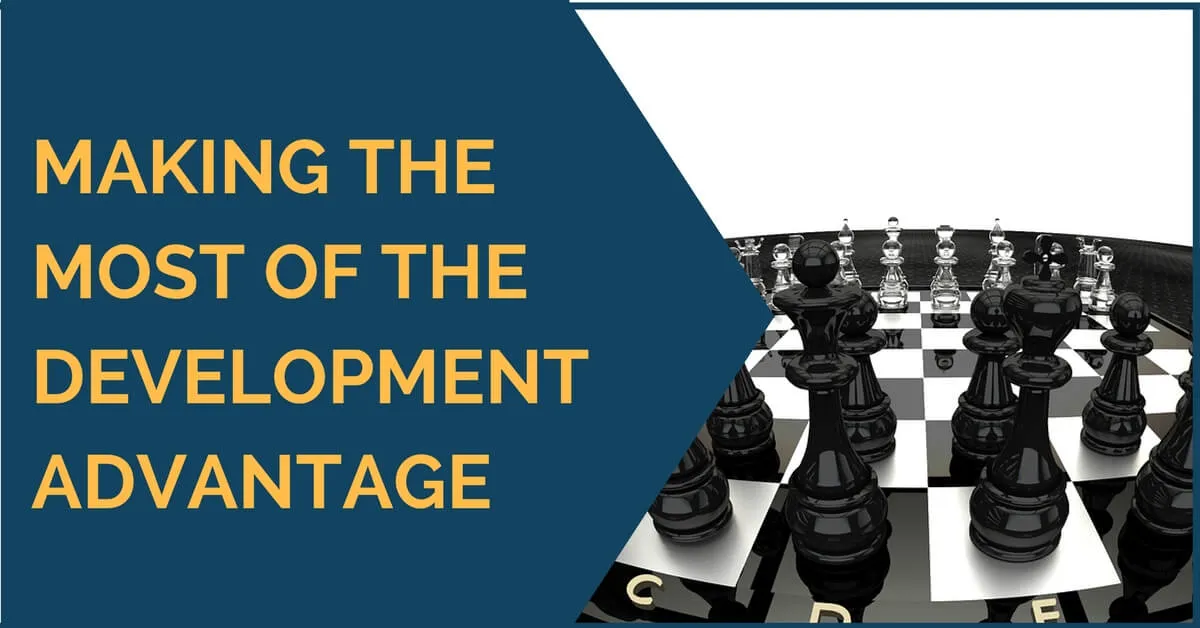
Since we begin in chess, one of our first and most important lessons is how to evaluate a position with maximum accuracy. This aspect is so important because in most cases a correct or incorrect evaluation of the position will determine the course of our moves and plans. In order to assess a position we are given a list and we take certain aspects into consideration. For example, king safety, pawn structure, material count, piece coordination or piece activity, space advantage, bishop pair, weaknesses on each side. These aspects help us understand what’s happening in our games and therefore they serve as a guide to make the best moves. Some advantages are volatile and some are static.
This means that sometimes we have a permanent type of advantage that we can rely on the entire game, for example, our opponent has weak pawn structure. Sometimes our advantage is volatile, meaning that it can evaporate easily if we don’t use it.
This is the case of the development advantage.
This sort of favorable situation can be reversed if we don’t play with energy and cash out into another type of advantage that will last longer and have a major impact on the position.
Let’s have a look at the next example:
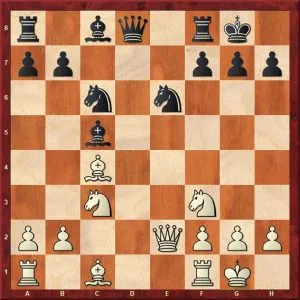
This is one of my favorite games, one that I played a long time ago when I was under the 20s.
Let’s start analyzing the position above.
First of all, both kings seem safe so this factor does not play a relevant role here. The material is even, the pawn structure is completely symmetrical and there are no pawns in the center.
The only thing that counts then is the piece coordination, which side has more active pieces and if this is enough to consolidate an edge. We can see white has more freedom for development, black has problems to develop his bishop from c8 right now and white is threatening to bring another piece in the game with tempo with a move like Rd1. So we can conclude that white is slightly better at least.
By knowing this, white then must find an energetic move that keeps the wheel rolling in his favor. First thing I thought was, how does black want to develop his pieces? I thought a good solution for him was to play Ned4 gaining a tempo attacking the queen, trading a couple of pieces and freeing the c8 bishop, so this was my main concern.
The two candidate moves to address this problem were either Be3 or Rd1.
After some consideration, I went for 14.Be3!
With the idea of keeping the option of bringing the queenside rook to d1 and use the kingside rook on e1. In case of an exchange on e3 I could recapture with the queen and keep a favorable ratio: 4 pieces developed vs 2 of my opponent and could increase it quickly.
My opponent made a big mistake [here is how to avoid mistakes in your own games] and lost quickly, see it here:
Here is another example:
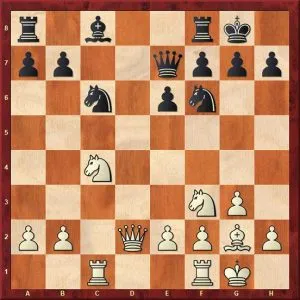
The position belongs to a famous game between Garry Kasparov (white) against Tigran Petrosian. The situation is similar; kings are not a relevant matter here, pawn structure is identical and the material is even, so it all comes down to the activity of pieces.
A brief look will reveal that white is better. Just look at the ratio of active pieces – rook on c1, queen on d2, both knights in the center and the bishop on g2 pointing at black’s queenside like a hidden missile.
Again, I invite you to ask yourself the same question: How does black want to develop?
It is not easy, but a plausible plan could be something like Rd8 with the idea of Bd7 and Rac8, the bishop from d7 could then be put on e8 and not disturb the rest of the pieces. Bearing this in mind, white must seize the momentum and make his advantage count, right now. Kasparov continued with 13.Nfe5! A brutal move that threatens to damage black’s structure and after the virtually forced 13…Nxe5 14.Nxe5 the ratio of active pieces has been increased.
The diagonal for the bishop on g2 is now open, the C file as well and black’s hopes of finishing development are gone. White won quickly.
One last example, from another of my own games:
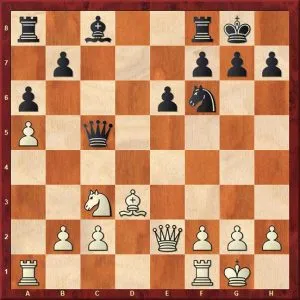
This occurred in my game against the FM Fausto Castella. I was playing white. White has a minimum advantage since black is still yet to bring the bishop on c8 into the game. The main worry for white here is that if black achieves Bd7-Bc6, then black’s position would be at least equal.
So the plan here is to make this idea unfeasible. How to continue playing with white?
Take this position as an exercise before looking at the solution.
I hope these examples serve you to understand better and learn more about this key aspect of the game of chess.
Thank you for reading and feel free to share your thoughts with us!





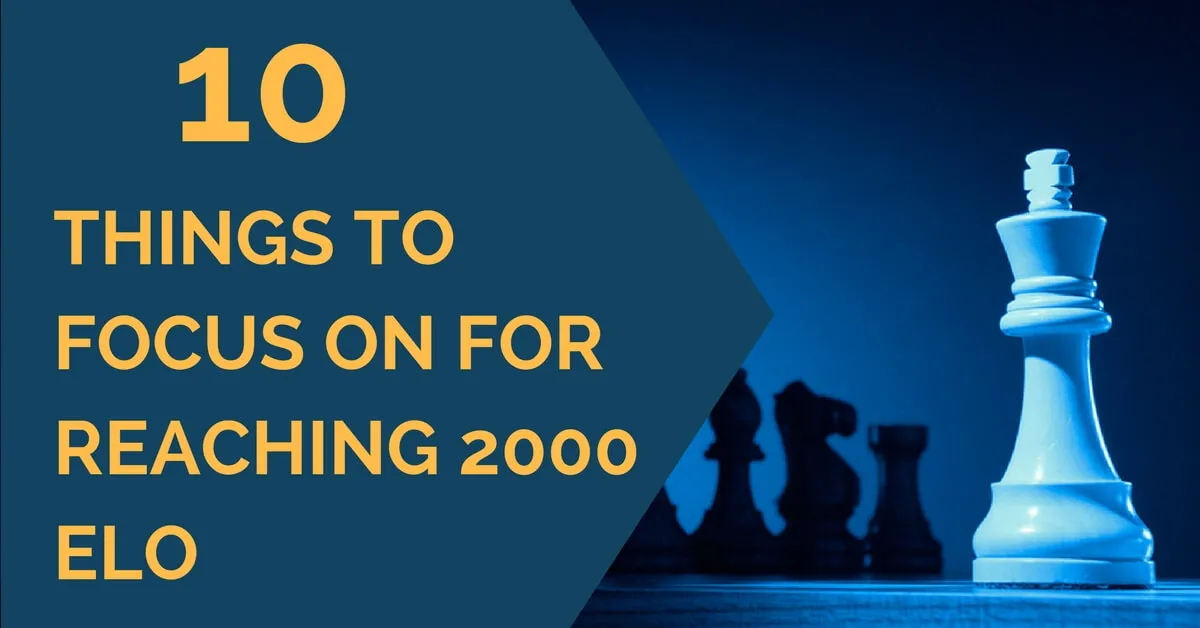




Comments: